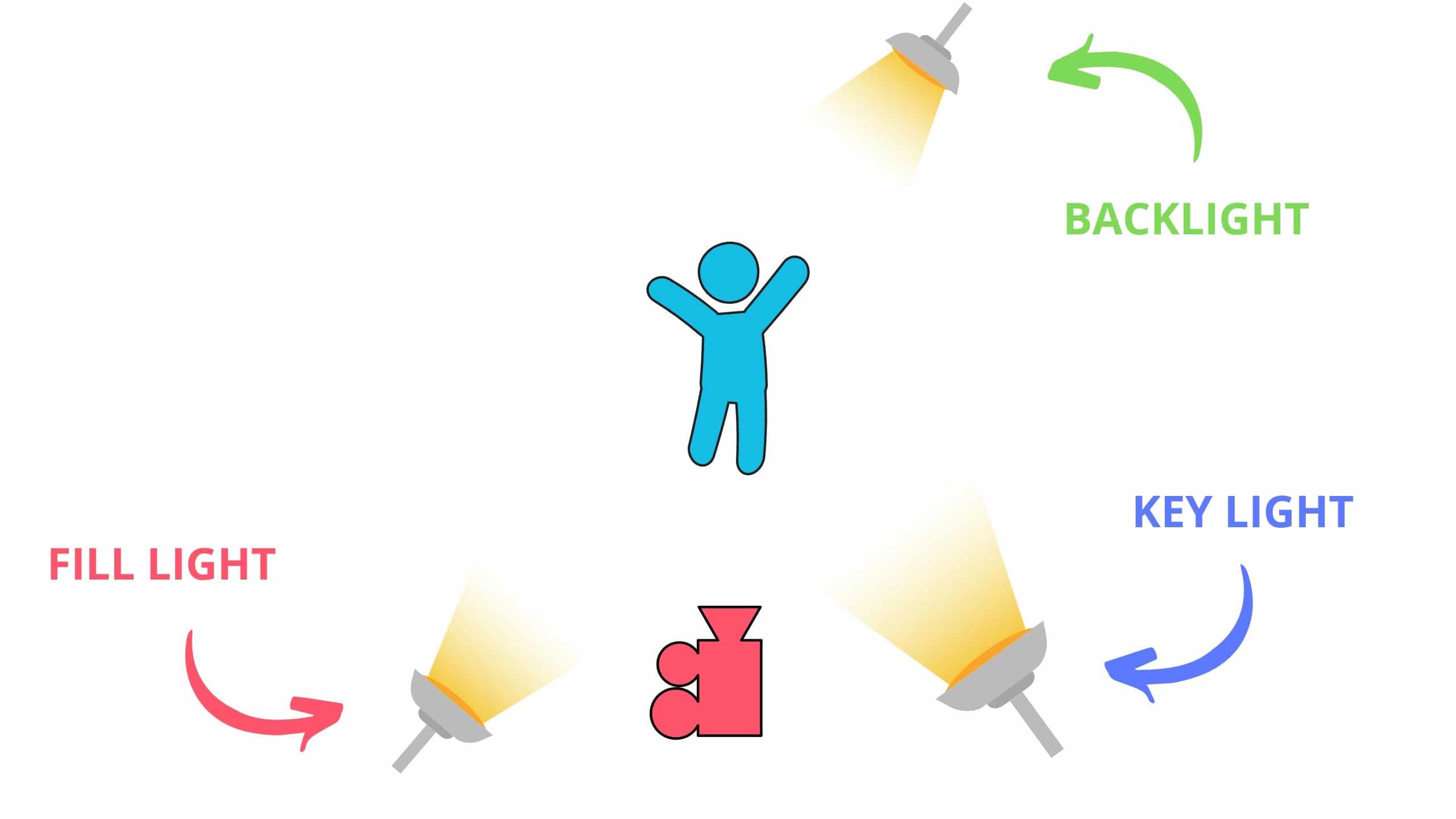White balance is how our camera perceives white and is measured in Kelvin. Warmer colours such as fire will be around 1000K whereas cooler colours such as a cloudy sky can be around 9000K.
Usually, our camera’s auto white balance settings does a good job of automatically setting the right white balance but it is best to select it manually. Sometimes choosing the wrong white balance can be interesting to use as a creative effect.
Below is a test video I shot in different lighting conditions. The first clip using the right white balance settings and the second using the wrong white balance setting. The only scenario I was not able to capture was fluorescent light.
In the video below I have shot my plant (Lil Oxy) in a range of lighting conditions. The first scene is taken with frontal lighting. The second with back lighting and the last clip was taken with side lighting.
Front lighting is where the light comes from behind the camera. This type of lighting can be quite flat as the shadows are filled in.
Backlighting is where the light comes from in front of the camera. This generally results in a silhouette or a halo like effect around the edges of the subject.
Side lighting is where the light comes from the right or left of the camera, usually at 90 degree angles. This creates a scene where one half of the subject is lit and the other half is in shadow.
Harsh light – Direct light from sun, leads to sharp contrasting shadows.
Soft light – Light that has been softened through clouds, like a softbox.
Dappled light – Light that comes through trees.
Golden hour – Hour before and after the sun sets and rises. Soft light that’s great for filming.

Originally I was going to shoot my main film using my DSLR. Unfortunately it needed repairs and I shot the film on my phone instead. It actually made the process of filming more streamlined as I recorded and edited the footage all on my phone. As my phone does not give my as much creative control like the DSLR does I chose to shoot on auto. For controlling light I used practical effects such as opening and closing curtains and using a reflector.